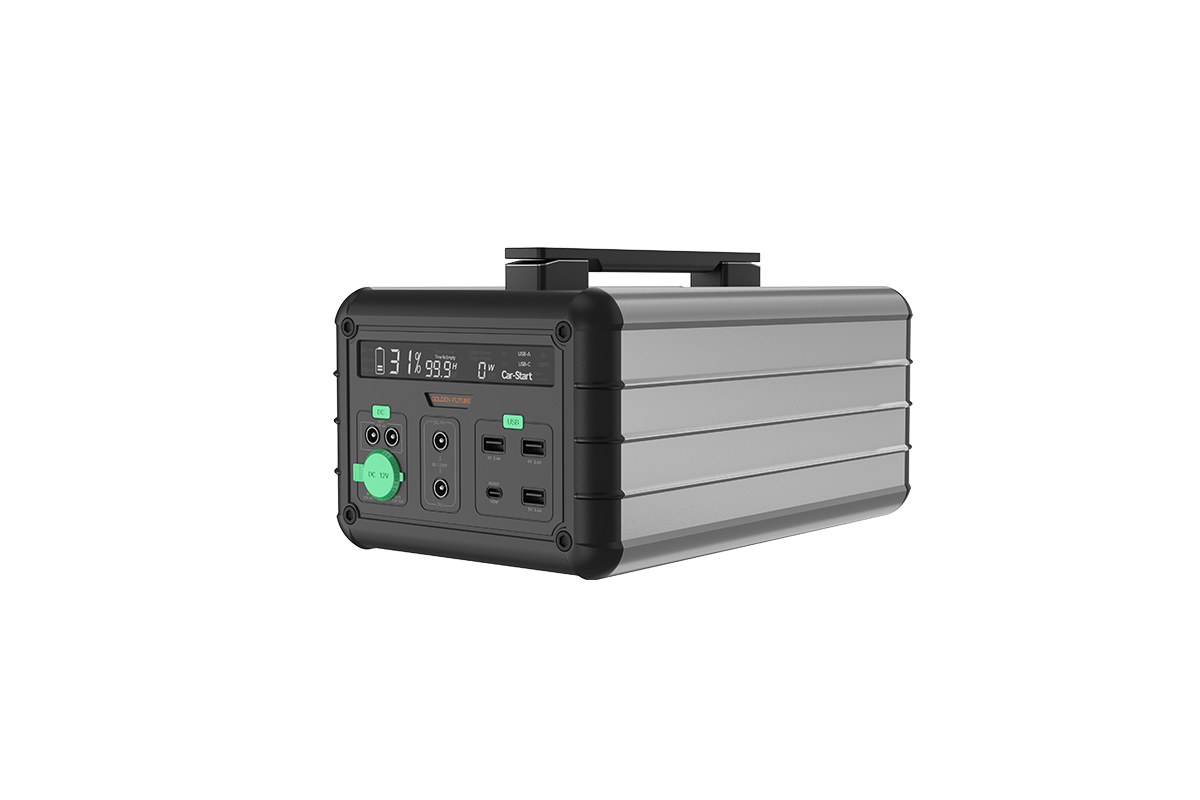

Time:2025-05-20 Views:1

Solid - state lithium - batteries (SSLBs) have emerged as a promising next - generation energy storage technology, mainly due to their potential for higher energy density, improved safety, and longer cycle life compared to traditional liquid - electrolyte lithium - ion batteries. The research on solid - state lithium - battery materials focuses on three key components: the cathode, anode, and solid - state electrolyte (SSE).
For the cathode materials, high - energy - density cathodes such as lithium nickel - cobalt - manganese - oxide (NCM) and lithium nickel - cobalt - aluminum - oxide (NCA) are still popular choices. However, when used in SSLBs, challenges arise due to the poor contact between the solid - state electrolyte and the cathode. Researchers are exploring methods to modify the surface of cathode materials, such as coating with thin layers of conductive additives or using nanocomposite structures, to enhance the interface compatibility and ionic conductivity.
Anode materials in SSLBs also present unique research opportunities. Metallic lithium anodes are highly attractive because of their ultra - high theoretical specific capacity. But issues like lithium dendrite growth, which can pierce the solid - state electrolyte and cause short - circuits, need to be addressed. Scientists are investigating the use of artificial solid - electrolyte interphases (SEIs) formed through chemical or electrochemical methods to suppress dendrite growth. Additionally, alloy anodes, such as silicon - based anodes, are being studied for their potential to provide high capacity while maintaining good stability in solid - state systems.
The solid - state electrolyte is the core of SSLBs. Different types of SSEs, including inorganic solid - state electrolytes (such as garnet - type, perovskite - type, and sulfide - type) and solid - polymer electrolytes, have their own advantages and disadvantages. Inorganic SSEs generally offer high ionic conductivity and excellent chemical stability, but they are brittle and difficult to process. Research efforts are focused on improving their mechanical properties, such as through the use of composite structures that combine inorganic SSEs with polymers. On the other hand, solid - polymer electrolytes are more flexible and easier to fabricate, but their ionic conductivity at room temperature is relatively low. Researchers are working on enhancing the ionic conductivity of solid - polymer electrolytes by optimizing the polymer matrix and adding appropriate plasticizers or fillers.
Read recommendations:
High-Quality, Safe and Eco-Friendly Energy Storage Power Supply